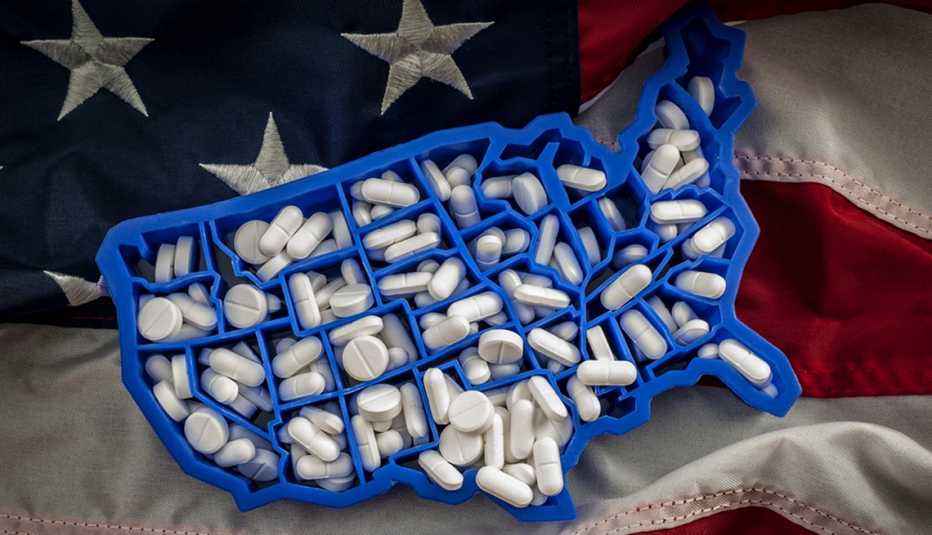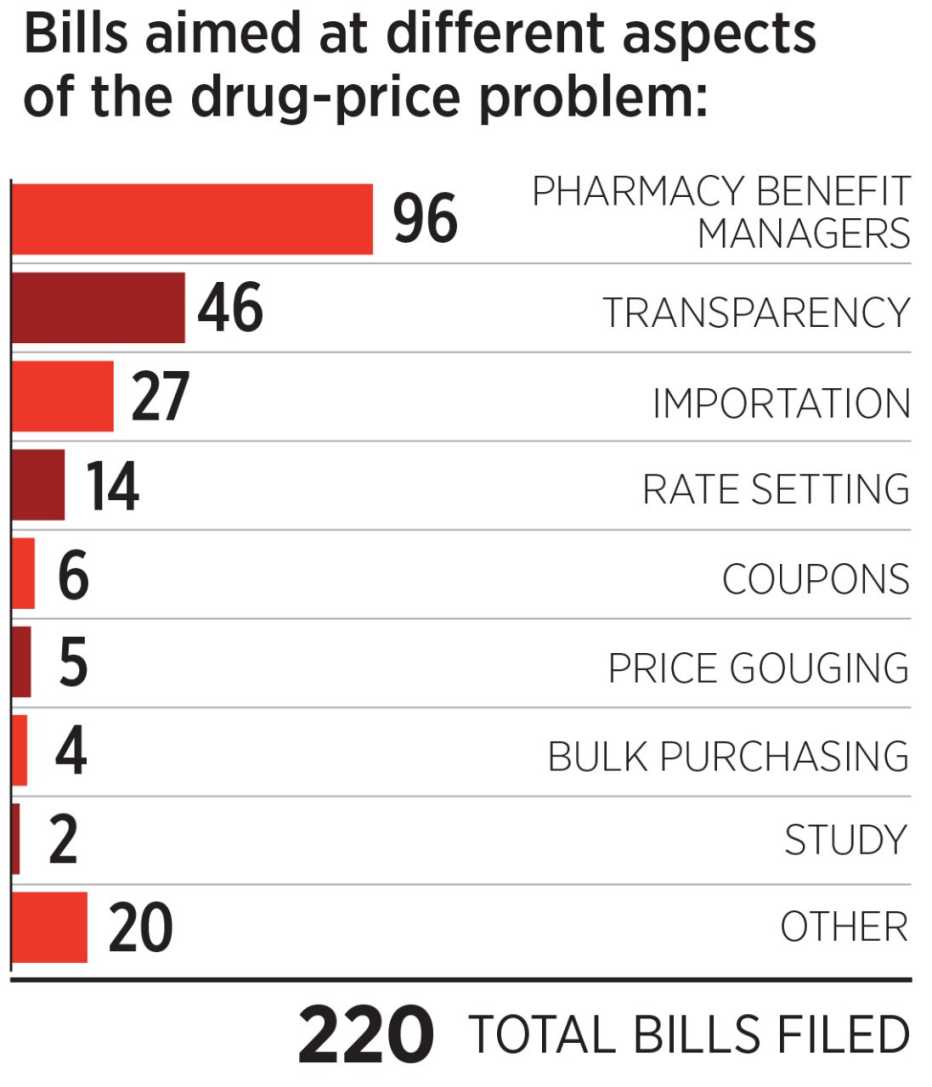Staying Fit


Faced with rising prescription drug prices, dozens of states have moved aggressively over the past year to propose ways to turn back the tide.
That's not just out of the goodness of their hearts. States themselves are hit by drug costs via public employee health plans, Medicaid and other programs.


AARP Membership— $12 for your first year when you sign up for Automatic Renewal
Get instant access to members-only products and hundreds of discounts, a free second membership, and a subscription to AARP the Magazine.
"States have balanced budgets, and they're reeling from unpredictable and rapid drug price increases,” says Trish Riley, executive director of the National Academy for State Health Policy (NASHP), a group of policymakers. Fixes at the federal level might not be speedy enough, she says. “States can't wait."
Last year state legislators introduced 178 bills related to prescription drug costs, the NASHP reports. In the first three months of 2019, 220 such bills were filed in 43 states, Riley says.


But only a fraction of bills ever become law. And in February activists suffered a setback: The U.S. Supreme Court let stand a lower court decision striking down a Maryland law that would have let the state prosecute generic drugmakers for “unconscionable” price hikes. The lower court had ruled that the law, endorsed by AARP Maryland, violated the constitutional prohibition against states regulating commerce beyond their borders.
The ruling did not bode well for similar bills that had been introduced in a dozen other states. But it may have a silver lining.
"It was a rallying cry,” says Elaine Ryan, AARP's vice president of state advocacy and strategy integration. “Our state office and advocates are back trying to formulate a law that will actually pass muster."
Here are some of the most promising state-level tactics for reining in drug costs.

































































More on politics-society
Sick of High Drug Prices?
Tell Congress it’s time to let Medicare negotiate for lower drug pricesWe Must Stop Rx Greed Now
Expensive prescription drugs are a problem for us all